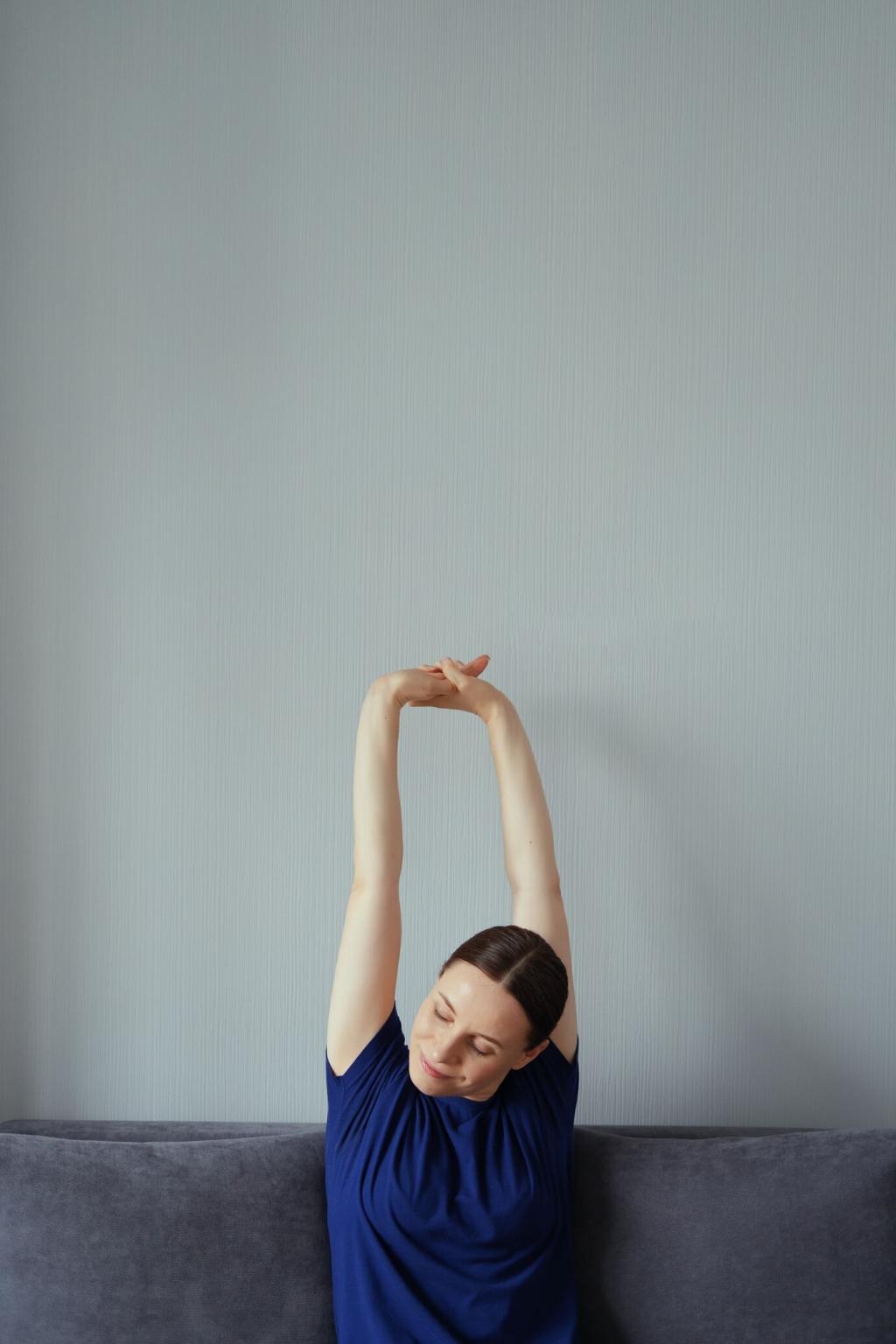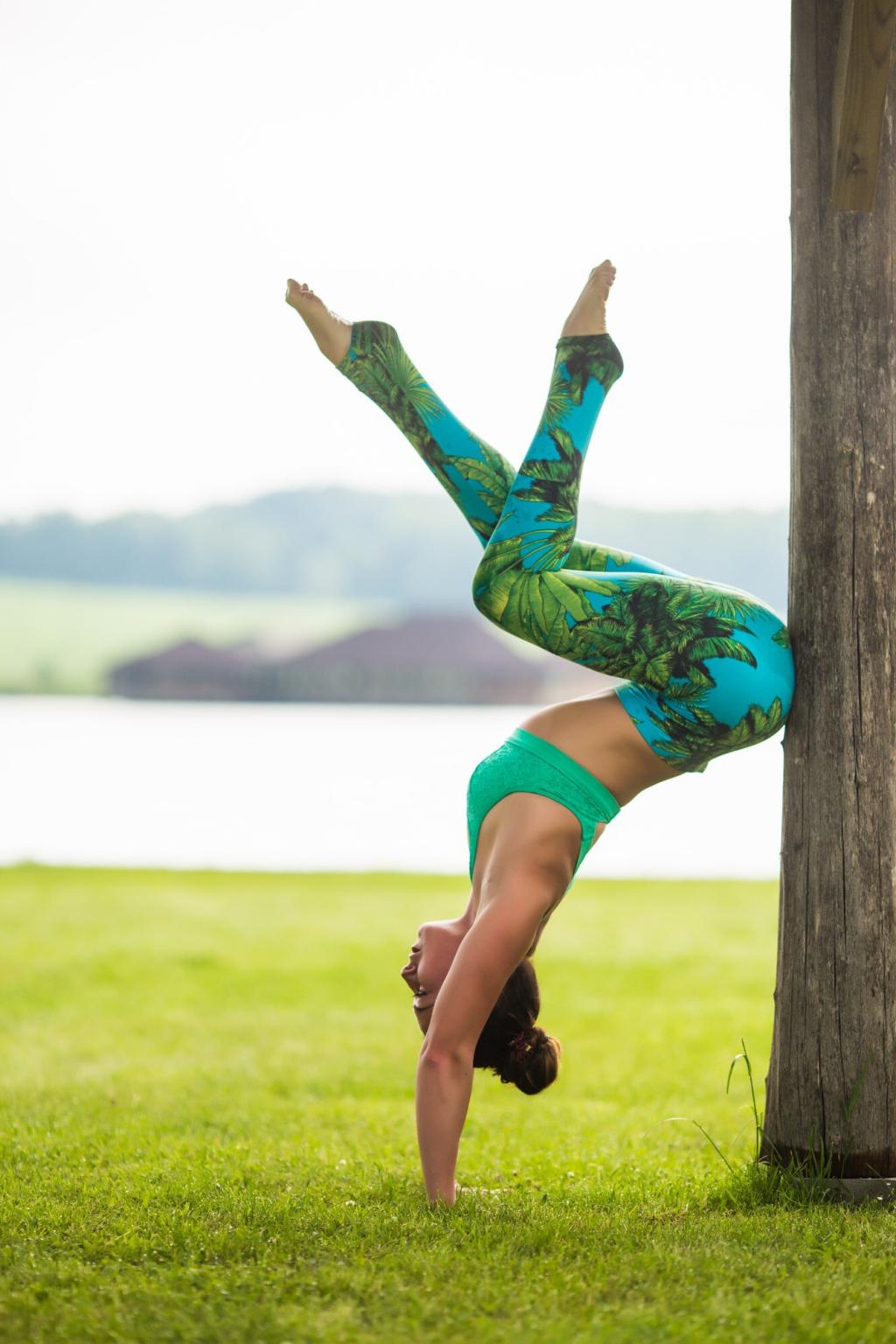
Breathe Into Flexibility: The Hidden Key in Your Yoga Practice
Selected theme: Role of Breathing in Yoga Flexibility. Discover how the breath softens resistance, steadies the mind, and coaxes tissues to lengthen safely. Stay to the end for a home challenge and share your progress to inspire our community.
Why Breath Unlocks Flexibility
01
Long, smooth exhales nudge the parasympathetic system, easing muscle guarding and lowering perceived threat. As the vagus nerve calms reactivity, stretch tolerance rises, letting you meet your edges with curiosity, not force. This is where flexibility genuinely unfolds.
02
Diaphragmatic breathing balances intra-abdominal pressure, supporting the spine so surrounding muscles can quit bracing. With steadier core support, joints feel safer, range expands, and tissues invite length instead of gripping against a shaky foundation.
03
Steady breathing improves blood flow and oxygen delivery, warming connective tissue so it behaves more viscoelastically. Warmer tissues glide, hydrate, and adapt, making each hold less brittle and more responsive to incremental, sustainable length.
Ujjayi: Ride the Exhale to Lengthen
A gentle oceanic Ujjayi narrows the glottis, slowing airflow and extending the exhale. Pair longer exhales with the peak of a stretch, feeling layers melt without collapse. Try five-count inhales, seven-count exhales, and notice your hamstrings negotiate peace.
Box Breathing for Steady Edges
Inhale four, hold four, exhale four, hold four. This square rhythm stabilizes attention and reduces urgency around sensation. When edges stop feeling like alarms, muscles stop overreacting, allowing nuanced adjustments that accumulate into genuine flexibility.
Breath-Timed Asana Sequencing
Inhale to Prepare, Exhale to Soften
Use inhales to create space—lengthen the spine, broaden ribs, organize posture. Use exhales to settle deeper, softening unnecessary effort. This inhale-prepare, exhale-release cycle teaches tissues to lengthen without panic or pushy compensations.
Wave Breathing Through Sun Salutations
Let breath lead transitions: inhale to lengthen into halfway lift, exhale to fold and empty. The wave-like pattern gradually warms fascial lines. After three rounds, tightness often transforms from stubborn to pliably conversational.
Micro-Pauses for Proprioception
Add tiny pauses after each exhale to notice where you are gripping. These micro-stills sharpen proprioception, revealing subtle places to soften. Comment with what you discover in your forward folds after three mindful breaths per repatterned hold.
Science Corner: Mechanisms Behind the Stretch
Spindles resist rapid lengthening; Golgi organs soften tension when load feels manageable. Slow exhales reduce spindle alarm, while steady pressure reassures the Golgis. Together they recalibrate, permitting more length with less defensive tightening.
Improved tolerance to carbon dioxide lowers the urge to over-breathe, stabilizing the nervous system. With fewer panic signals, sensations feel informative, not threatening—crucial for staying present at stretch thresholds without reflexive recoil.
Breathing expands and compresses tissues rhythmically, encouraging fluid exchange in fascia. Better hydration and glide reduce friction between layers, so length arrives as a smooth unfolding rather than a tug-of-war with sticky connective tissue.
Stories from the Mat
A Runner’s Hamstring Breakthrough
Jamie stalled at mid-shin folds for months. After two weeks of five-seven breathing in half splits, she touched her toes without strain. She swears the game changer was exhaling until the resistance softened like a sigh.
Desk Shoulders, Meet Exhale
A developer began pairing slow nasal exhales with thread-the-needle. Instead of forcing the stretch, he counted seven out-breaths. Within ten days, he reported overhead reach felt lighter, like someone loosened a stuck zipper in his back.
Teacher’s Tip from Restorative
During supported butterfly, my mentor whispered, “Let your exhale fall through the inner groins.” That image changed everything. The breath found the hinge, and my hips unfolded without negotiation. Try it tonight and tell us what you feel.

Safety, Pace, and Practical Cues
Avoid Overbreathing and Dizziness
If you feel lightheaded, shorten breath counts and return to easy nasal breathing. Overbreathing can drop carbon dioxide too quickly, unsettling balance. Choose comfort over drama; flexibility thrives on patience, not intensity contests.
Adaptations for Pregnancy and Pelvic Floor
Emphasize soft, expansive belly and side-rib breaths. Avoid long breath retentions and straining exhales. Let the exhale be warm and unforced, coordinating lifts with support rather than pressure. Always follow medical guidance and your internal yes.
Hypertension, Glaucoma, and Valsalva Risks
Skip forceful holds and bearing down. Favor smooth, continuous breathing without aggressive retention. If you manage blood pressure or eye pressure, gentle nasal rhythms are your lane. Consult your clinician and keep edges conservative and kind.



